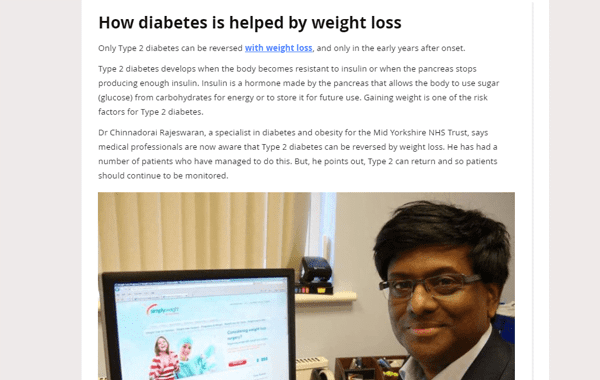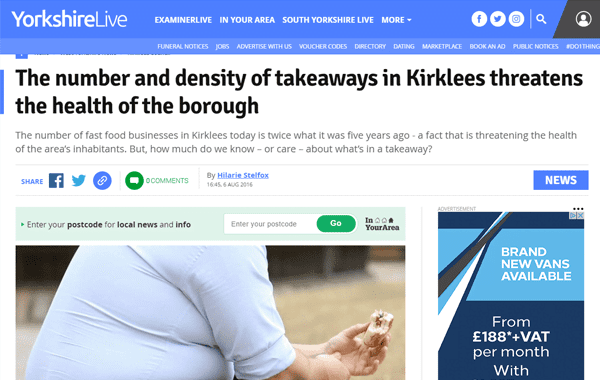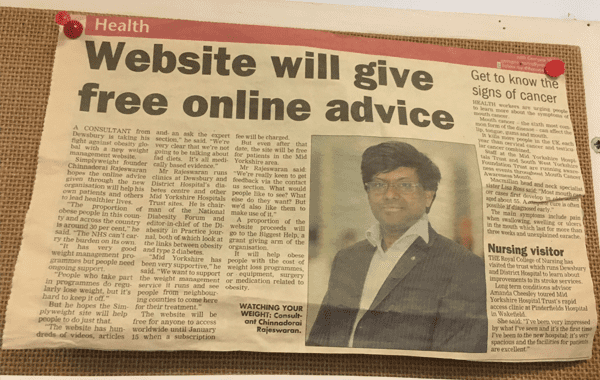Allergy is an immunological disturbance, which can be caused by food, dust, drug or any other environmental particles. Food allergy is a problem world wide. It can be overwhelming to buy food with allergic food products. Shopping can be made easy by careful planning, paying attention to the details and reading food labels.
In this blog, I will be sharing a few tips to shop for groceries with food allergies.
What is food allergy ?
A reaction of the immune system immediately after eating a certain food is called food allergy. Sometimes food allergies can be life-threatening. Anaphylaxis (hypersensitivity disorder) is a life threatening condition, in some it can be caused due to food allergy.
Often food allergy is confused with food intolerance. Food intolerance is less serious when compared to food allergy.
Food allergy can be very specific and can have reactions to its related food. For example if a person is allergic to shrimp, they can have an allergic reaction when consuming crab or lobster. Individuals with peanut allergy can be allergic to nuts like almonds, tree nuts, and walnuts.
Allergy causing food:
Any food can cause an adverse reaction. Below are list of commonly causing food allergy food:
- Eggs
- Peanuts
- Tree nuts, almonds, walnuts, brazil nuts, hazelnuts and cashew.
- Fish
- Shellfish like crab, shrimp and lobster.
- Molluscan like squid, octopus, oyster, mussels, abalone and scallop.
- Wheat (gluten allergy)
- Soy and tofu
- Sesame
- Milk
- Strawberry
- Pineapple
- Apple
- Kiwi
Some food additives causes food allergies, they are:
- Monosodium glutamate
- Tartrazine
- Yellow 2G107
- Sunset yellow FCF110
- Cochineal 120
- Carmine
- Aspartame 951
- Benzoates
- Nitrates
- Sulphites
Less common food allergies:
- Pectin allergy is not that common, it can be associated with cashew and pistachio nuts.
- People who have vaccines may sometimes have allergic reactions to gelatin.
- Allergic to sunflower seeds are rare, they do have the same properties of the nuts. The symptoms of the allergies are the same as the nut allergy.
Types of food allergies
There are 2 types of food allergy:
- Non-IgE mediated food allergy – This allergic reaction is caused by other cells in the immune system and not by the immunoglobulin E. They are often difficult to diagnose and it takes longer time to develop symptoms.
- IgE-mediated food allergy – It is triggered by the immune system to produce an antibody called immunoglobulin E. It is the most common type of food allergy. Symptoms develop within a few seconds of food consumption. In this type of allergy, there is a greater chance of anaphylaxis risk.
Symptoms of Food Allergy
- Dizziness or light headedness
- Extreme itching or rashes (hives)
- Swelling of the face, lips and eyes called as angioedema
- Noisy breathing, breathlessness, coughing or wheezing
- Stomach pain
- Diarrhoea
- Vomiting
- Tight throat and trouble swallowing
- Weak pulse
- Pale or blue colouring of skin
- Swelling of the tongue
Life threatening reaction is anaphylaxis. It can cause breathing difficulty and shock. Symptoms can occur in different parts of the body simultaneously.
How to Shop for Groceries with Food Allergies?
As a dietitian, I would advise some key strategies for navigating the grocery store with food allergies in this blog.
- Know your triggers – Be aware of the ingredients that you are allergic to. It can be a main ingredient or a different ingredient from the same family of the food group.
- Learn new recipes – Your allergies should not stop you from enjoying any food. Search for different cuisines and recipes and learn how to cook with allergy free ingredients.
- Read through ingredient lists – It is very important to read every label carefully. Go through the ingredient list one by one, look carefully for the world ‘may contain’. Do not skip any minor details in the label. Allergens can be hidden in the label.
- Learn your terms – Learn about your allergens. Some allergens can have different names. The products can have different forms of your allergen like flours, oil or extracts. Knowing your allergens will help you easily find them in the ingredient list.
- Look out for cross contamination – Read the label to find out where the product is manufactured, the facility can also handle your allergen too. For example, many manufactures process wheat and oats in the same manufacturing unit using the same machine, this causes cross contamination. If a store sells food that you are allergic to along with the ones you are not allergic to, it is safe to avoid the food as there can be cross contamination.
- Download apps – There are many apps that recognise the allergen ingredients in a food label and make it easier for you to find an allergen free product.
- Look out for brands – There are many brands available in the market that have products that are allergen free. For example there are brands which sell only gluten-free products. Search brands that sell your allergen free products.
- Prefer fresh foods – It is better to opt for whole foods, fresh produce, fresh vegetables and minimally processed food than processed food. This reduces the chance of your food allergy and you don’t have to worry about the ingredients used or place of manufacture.
- Search for specialty stores – Search if there are stores that are allergy free in your neighbourhood. They might have many options to choose from and different varieties of products.
- Learn your substitutes – Find common alternatives for your allergens. Commonly substituted food products are rice flour, almond flour, tapioca flour instead of wheat flour.
- Always Ask – You can always ask the helper if you are not clear about something in the food label or if you are not able to find the food product. It is better to ask them than assuming something, they know where the products are placed.
- Learn to say No – Don’t be afraid to say ‘No’ if you are unsure about certain food products. For example many supermarkets hand out samples to try before buying, it is safe to avoid them as the ingredient list may not be clear.
- Bring your own bag – It is best to bring your own bag while shopping to avoid cross contamination from shopping carts and baskets.
- Always double check – At the checkout point it is best to check once all the food products to make sure you have not purchased any allergen food products.
- Carry an ID – If your allergic reactions are severe it is best to have an identification card with you at all times. Make sure that card has information about your emergency contact, what you are allergic to and your allergy medication, so others can help in case of an emergency.
- Always be prepared – Have enough allergy medications and epinephrine auto-injections in your bag at all times in case of emergency.
In conclusion, taking precautions and careful planning can make your shopping trip less overwhelming. Keep exploring for brands that have allergen-free options. Communicate with others who are having the same allergies as you, they might do things differently and it can help you learn more things. Follow the above mentioned points to have a happy shopping trip. Always remember you are not alone, feel free to ask for help.
Kripa N,
Senior Clinical Dietitian, Simplyweight













